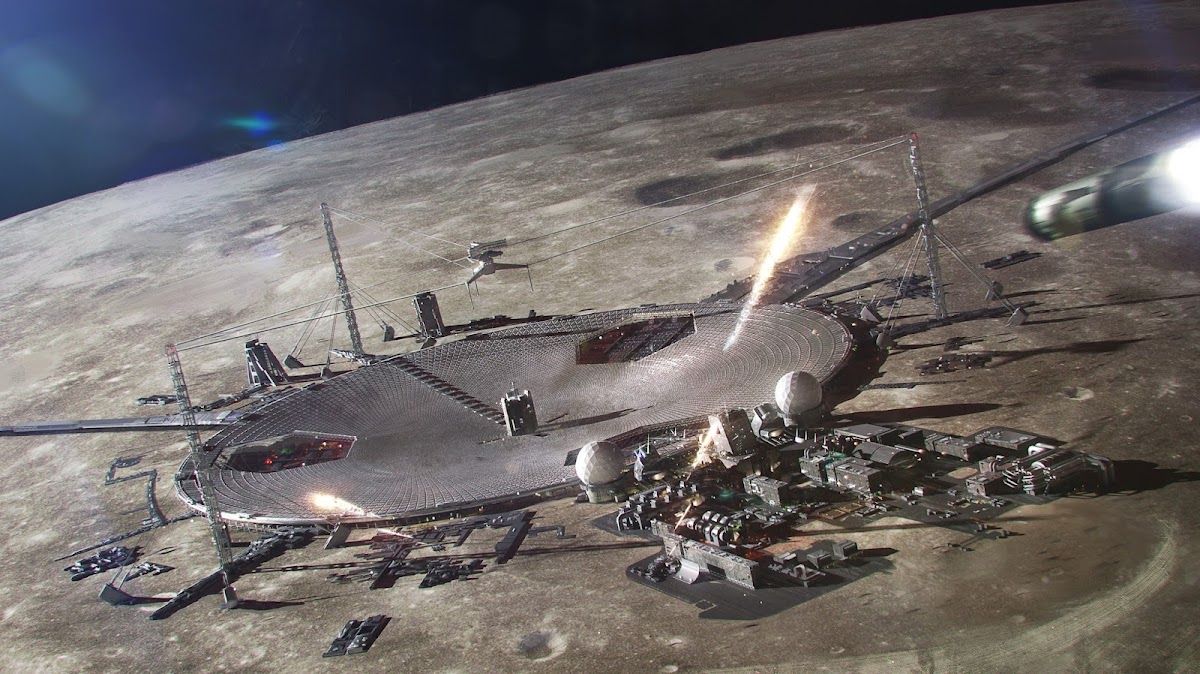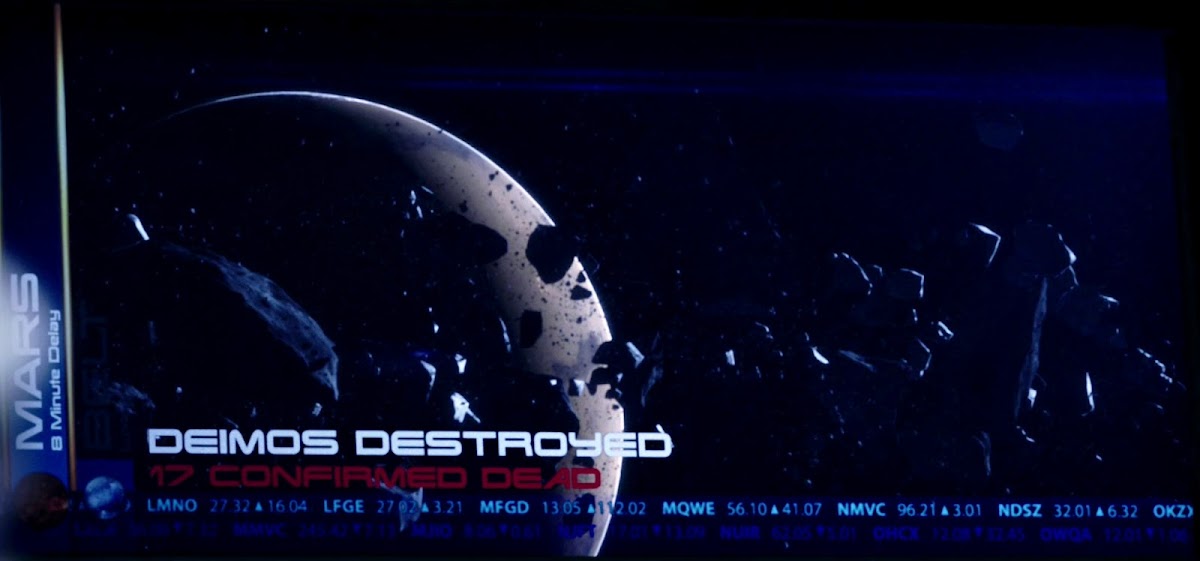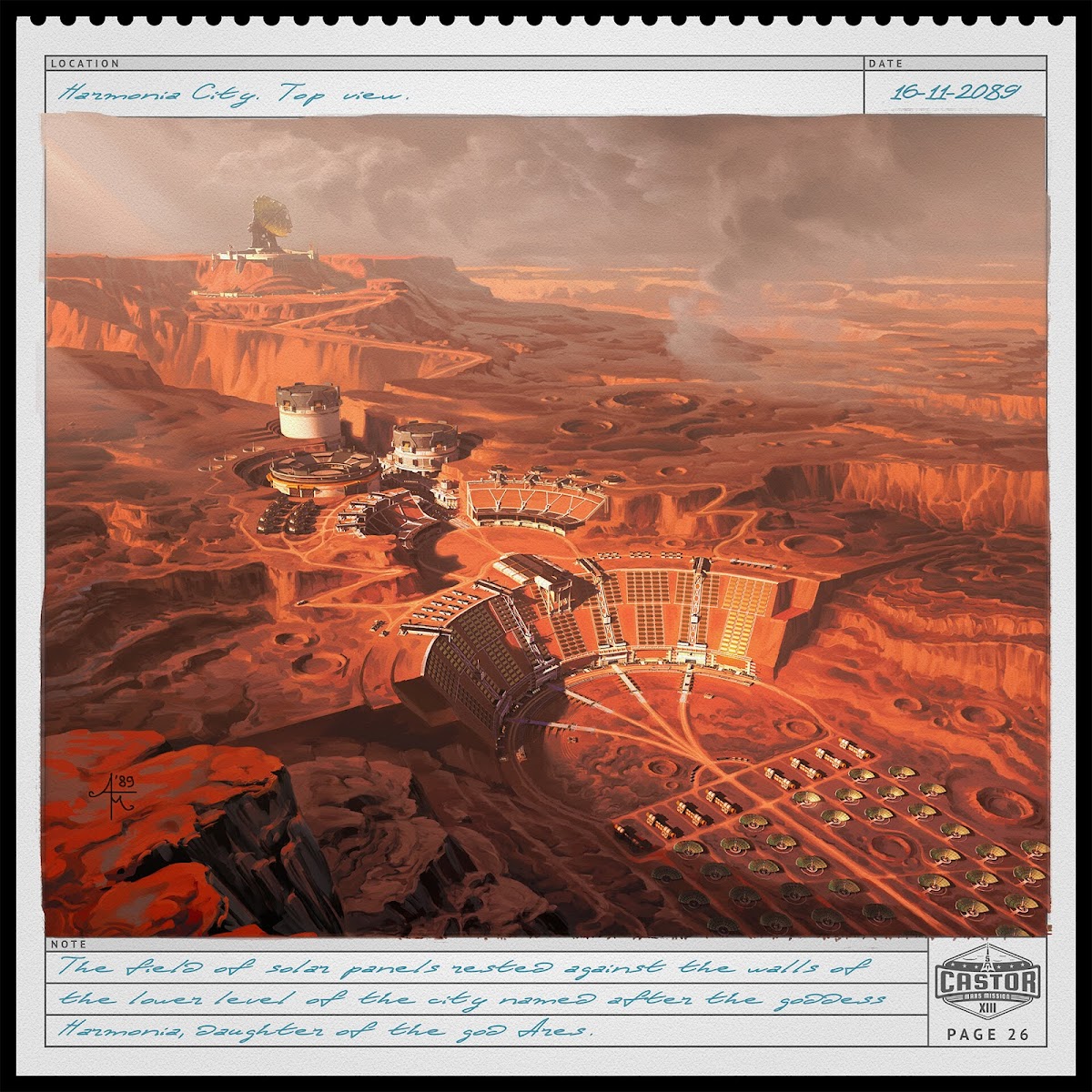Although the story of Deliver Us Mars is strictly linear and you as a player can't impact it, the story itself is well-written and interesting, revealing the truth about the fate of Outward colonists on Mars piece by piece. Some parts of the game felt like a true detective. The atmospheric visual and audial mood of the scenes complements the story well and the final act of Deliver Us Mars features one of the most compelling representations of a human colony on Mars in video games, feeling almost utopian.. especially comparing it to the dying Earth.
Unfortunately, this aspect also leads to some frustration with the strictly linear nature of the game's storytelling - you can't change the main character's endgame decision, no matter how stupid you think it is. Another source of a frustration with the game for some players will be the clunky wall climbing mechanics. Regardless these small issues Deliver Us Mars is a must-play game for any Mars fan.
Visual recap of Deliver Us Mars' STORY
Be aware of heavy spoilers, revealing major story plots.Even before getting to Mars the expedition is riddled with severe problems
Game's protagonist (main character) is Earth’s youngest astronaut Kathy searching for her father among the lost colonists on Mars
Kathy lands near an abandoned mining facility






 Pallas, located in the Main Asteroid Belt between the orbits of Mars and Jupiter, is the third-largest asteroid in the Solar System (~512km in diameter). It has 22% the mass of Ceres, the largest asteroid in the Solar System, and gravity of 0.021g (2,1% of the gravity force on Earth). With an orbital inclination of 34.8°, Pallas's orbit is unusually highly inclined to the plane of the Asteroid Belt, making Pallas harder to reach by spacecraft.
Pallas, located in the Main Asteroid Belt between the orbits of Mars and Jupiter, is the third-largest asteroid in the Solar System (~512km in diameter). It has 22% the mass of Ceres, the largest asteroid in the Solar System, and gravity of 0.021g (2,1% of the gravity force on Earth). With an orbital inclination of 34.8°, Pallas's orbit is unusually highly inclined to the plane of the Asteroid Belt, making Pallas harder to reach by spacecraft.








 Deimos is the smaller and outer of the two natural satellites of Mars, the other being Phobos. Deimos, likely an asteroid captured by Mars' gravity, is highly non-spherical with a mean diameter of 12.5 km (about 57% the size of Phobos) and it orbits 23,460 km from Mars (Deimos' orbit is slowly getting larger and it is expected to eventually escape Mars' gravity). Escape velocity from the surface of Deimos is only 5.6 m/s so a human can basically jump off of it.
Deimos is the smaller and outer of the two natural satellites of Mars, the other being Phobos. Deimos, likely an asteroid captured by Mars' gravity, is highly non-spherical with a mean diameter of 12.5 km (about 57% the size of Phobos) and it orbits 23,460 km from Mars (Deimos' orbit is slowly getting larger and it is expected to eventually escape Mars' gravity). Escape velocity from the surface of Deimos is only 5.6 m/s so a human can basically jump off of it.





 On April 4th at Starbase, Texas SpaceX CEO and lead designer Elon Musk provided an unannounced update of SpaceX's
On April 4th at Starbase, Texas SpaceX CEO and lead designer Elon Musk provided an unannounced update of SpaceX's 



 Environment concept artist
Environment concept artist 
